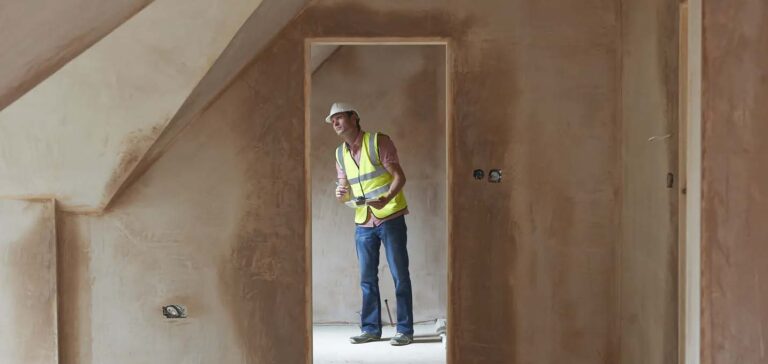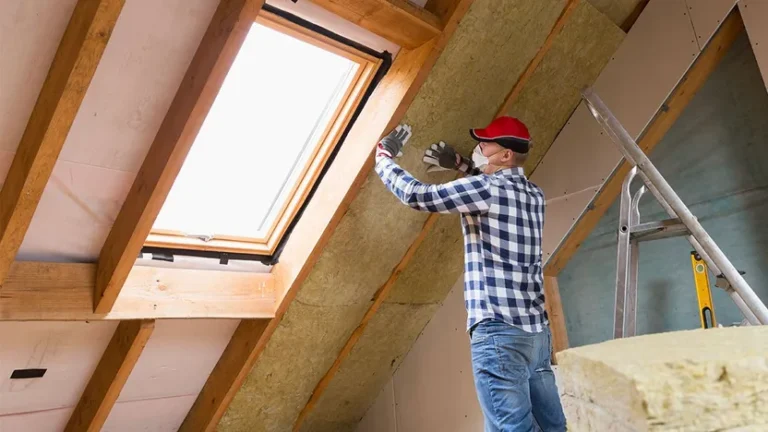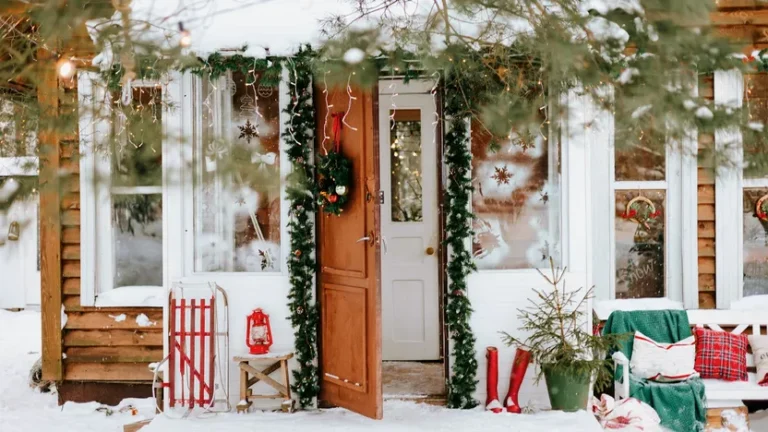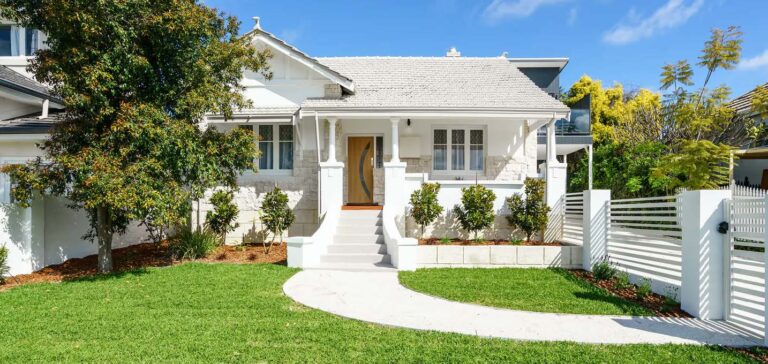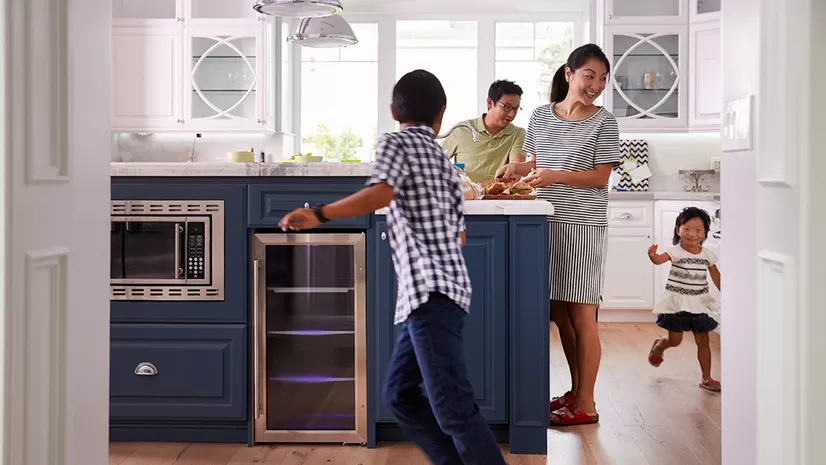
Searching for that perfect home that provides enough space for every family member can be challenging. Maybe you need a home office, your kids need separate rooms, and/or an older family member is moving in.
With so many people with different needs, it can be easy to quickly dismiss homes that are low on square footage. But some houses that look small have enormous possibilities—for expansion. You might be able to double or even triple the amount of space.
True, adding square footage isn’t easy or cheap. But if the home price is as diminutive as a home’s footprint, buying a home with room to grow might make financial sense in the end.
To help you decide, we’ve put together this guide to sizing up a home’s potential. Here’s everything you need to know about growing your living space.
Start by doing due diligence
Before putting in an offer on a small home—check with the city’s building department. The local municipality will inform you of the maximum allowable size of a house. How much you can add generally depends on the lot size and the home’s architectural style.
“Having an accurate survey and knowing the local zoning ordinances are crucial,” says Frank D. Isoldi of Coldwell Banker Realty’s Westfield East in Westfield, NJ. “A ranch, Cape Cod, or Colonial-style home is typically easier to add onto than a split-level or contemporary home.”
Eye existing potential
While home shopping, remember that most of the cost of building additions stems from the foundation and roof. If the space you want to expand already has walls, it will likely be cheaper than starting from scratch.
So start by checking out unfinished space in a home’s attic, basement, or screened-in porch, which are all ripe for conversion to living space.
For instance, in Detroit, “basements and walk-up attics are ubiquitous in our historic housing stock and a great option for creating additional living space,” says Matthew Richmond, a Realtor® in the area who is renovating a 100-year-old Tudor/Colonial. “One of our first big projects was finishing our basement to create a home office for me and a large family room.”
Cost: Refinishing your basement or attic can run you about $18,395 for 400 to 1,500 square feet. Enclosing a screened-in porch costs about $13,179 on average.
Move up with a second story
If finishing a space isn’t cutting it, then going vertical is the next most obvious choice. Adding a second story is an excellent way to stay within the building’s footprint but significantly increase the living space.
Of course, expanding upward can be pricey, since your electrical, plumbing, and foundation all have to be modified.
“An addition of a second story to your home is one of the most expensive home improvement tasks,” says real estate investor Corey Tyner, founder of Buy Yo Dirt.
But it’s also a great way to add value to your home with a return on investment of 65%.
Cost: Adding a second story can cost anywhere from $60,000 to $600,000, depending on the exact square footage.
Add a loft
If creating an entirely new floor seems overwhelming, consider a smaller expansion. For newer-construction homes with 20-foot or higher ceilings, you can usually add a loft over the dining or living room.
“Adding a loft is considerably less expensive because you’re only adding a floor and a railing, or a wall or two,” says Kurt Grosse of Realty One Group in Las Vegas.
Cost: According to HomeAdvisor, a loft conversion costs between $50 to $150 per square foot.
Divide a large bedroom
Some older homes were built with large primary suites with a lot of wasted floor space. So if you come upon a house with a larger bedroom than you need, consider dividing it into two smaller bedrooms.
Just note that per code, you’ll need windows and a minimum of 120 square feet to meet the legal definition of a bedroom.
Cost: Bedroom remodels cost an average of $20,000.
Add onto the home
Is the property you have your eye on level with the ground outside, and does it have enough yard space for a 10-foot-by-10-foot room? Then you might be in luck.
“A common space to add onto is an existing living, dining, or bedroom by expanding into the backyard,” says Nicole Crocker of Classic Home Improvements.
Cost: Any addition will need to have the new roof tied into the existing one, so prices can range from $80 to $200 per square foot.
Add an accessory dwelling unit
You could also carve out space in the backyard for a free-standing, accessory dwelling unit, or ADU. An ADU is generally a prefabricated structure you drop into your yard and hook up utilities to.
“Building a separate ADU could also be designed as a pool house, mother-in-law suite, or new multicar garage with a finished room over the garage,” says Caleb Riutta, co-founder of Offer Sesame.
Cost: For a detached ADU, expect to spend anywhere from $112,000 to $285,000.
Tax implications
Remember, bigger homes pay more in taxes. So you’ll want to reach out to the town, city, or village where you live and discuss plans with an architect to get an idea of the projected increase. And note the ways you can save on taxes as well.
“If you pay for a home expansion with a home equity loan—or any loan on which the home is collateral—the interest expense could be tax-deductible,” says Mark Steber, chief tax information officer at Jackson Hewitt.
Article originally appeared on Realtor.com.


